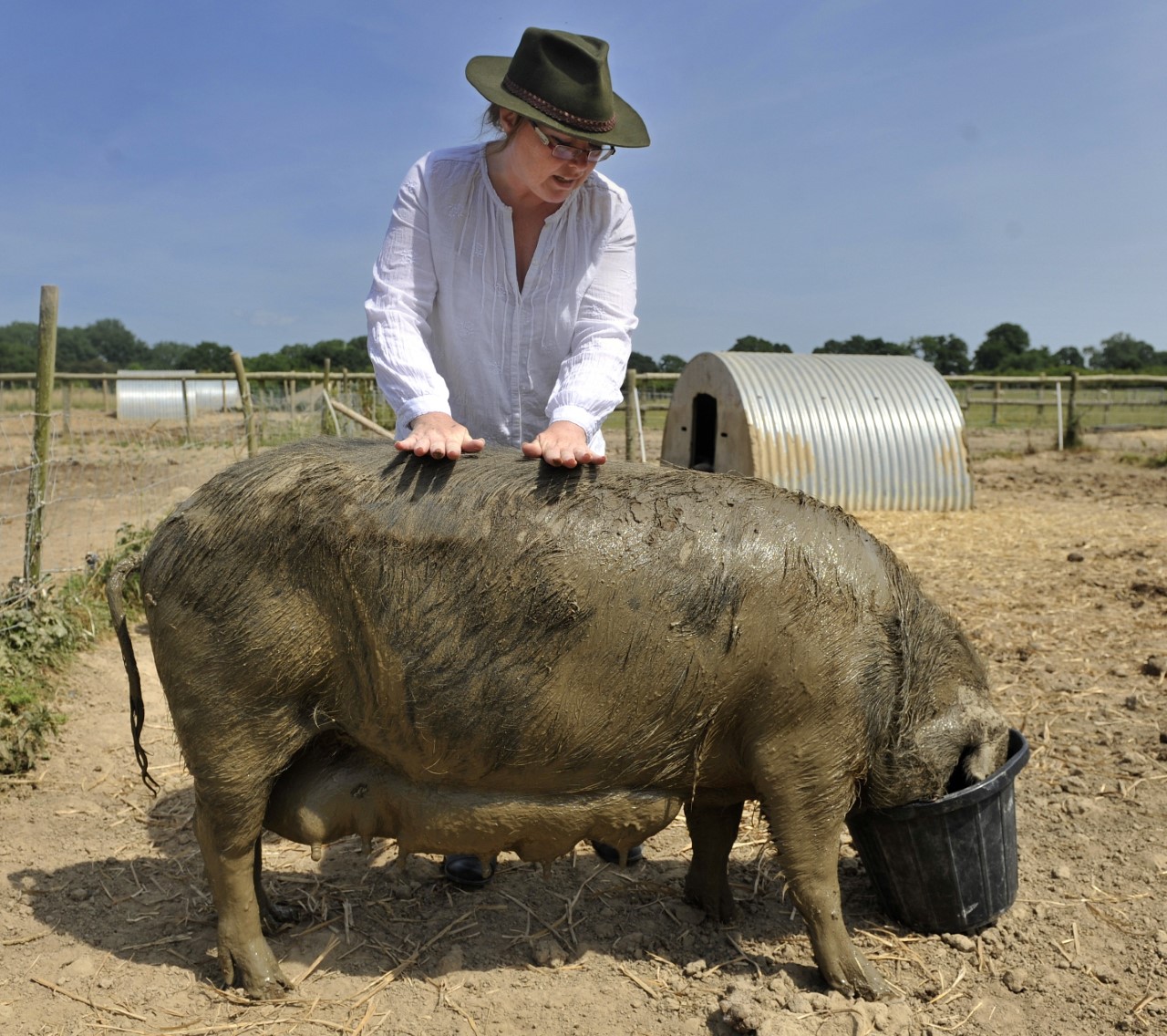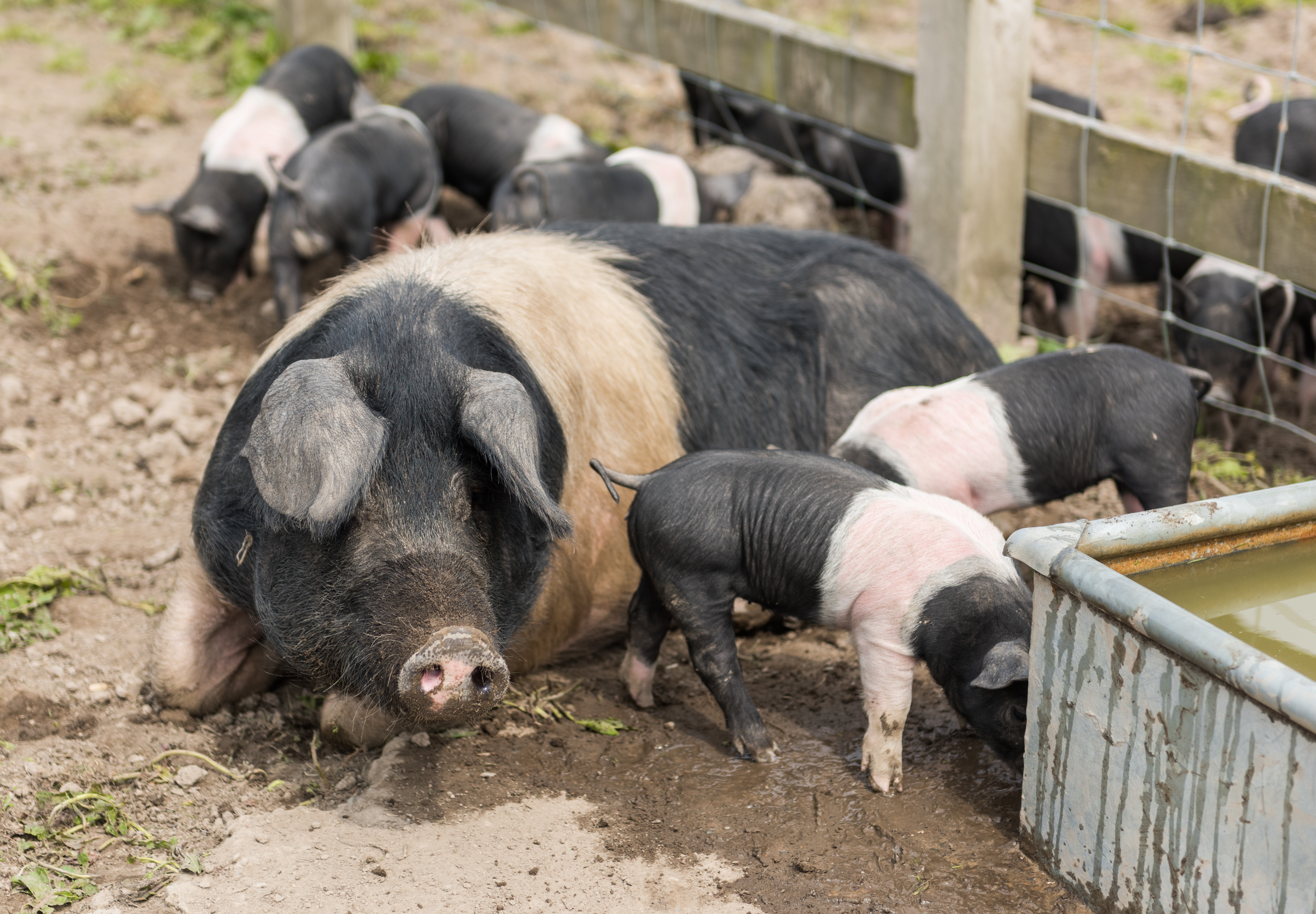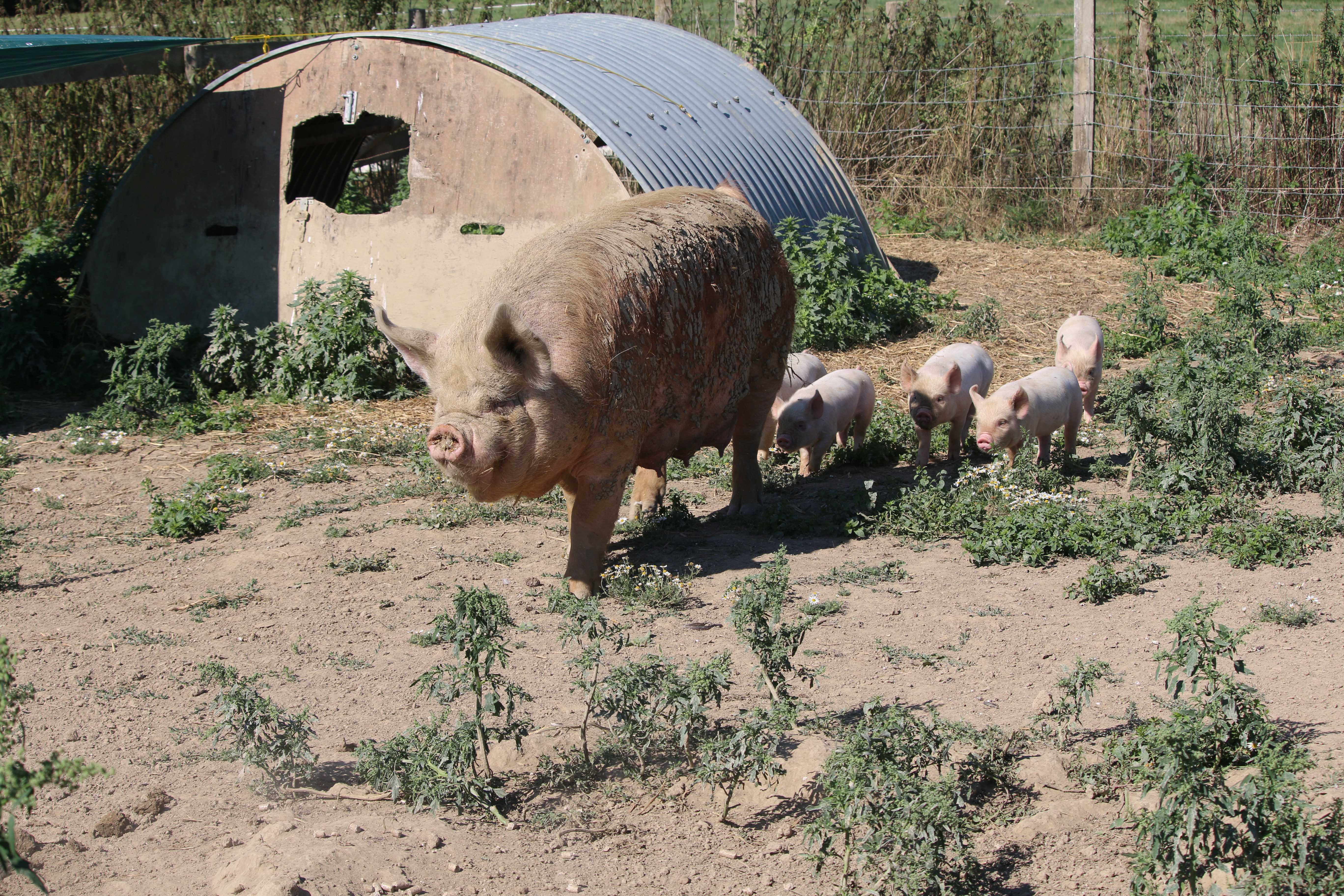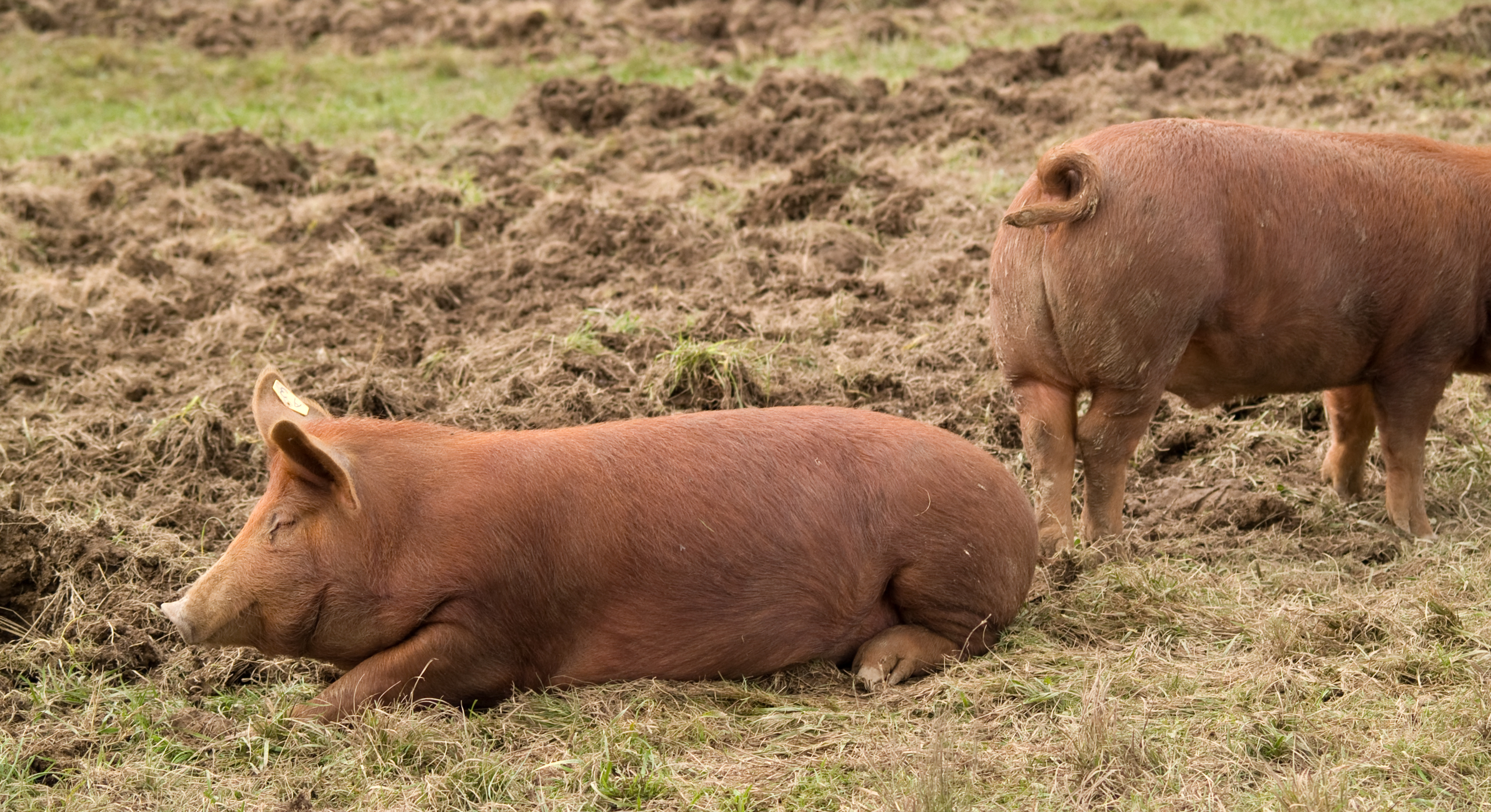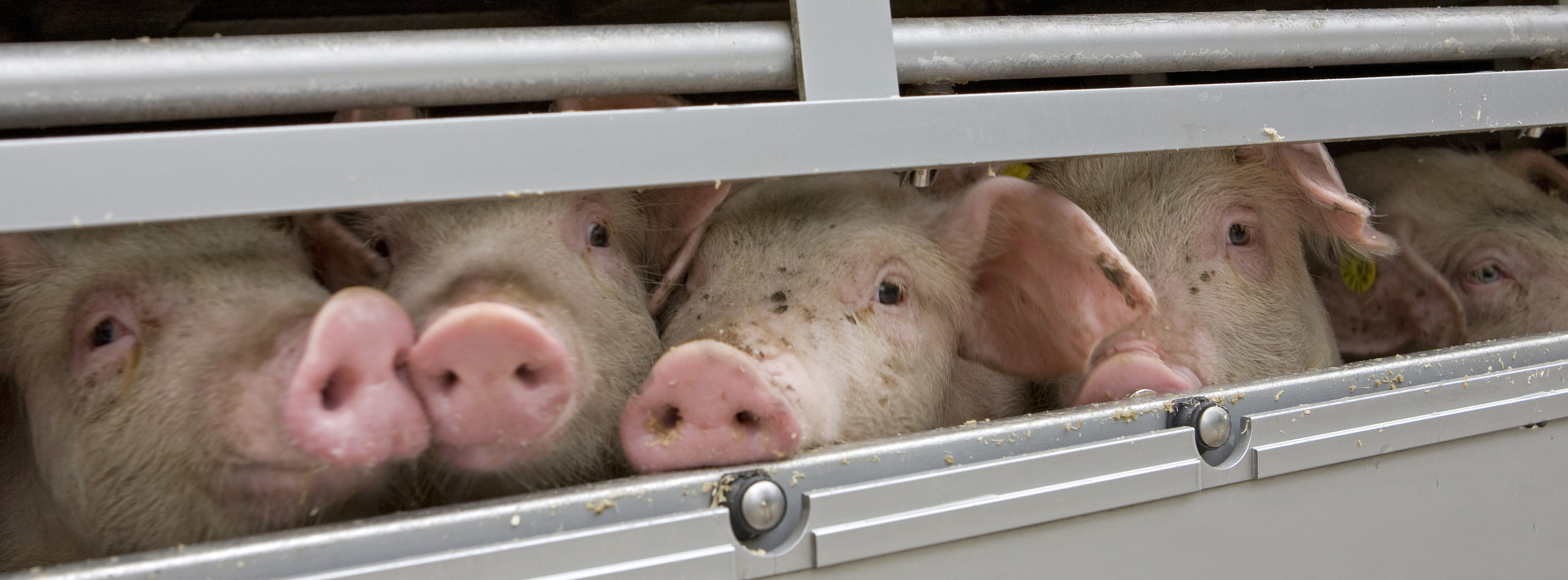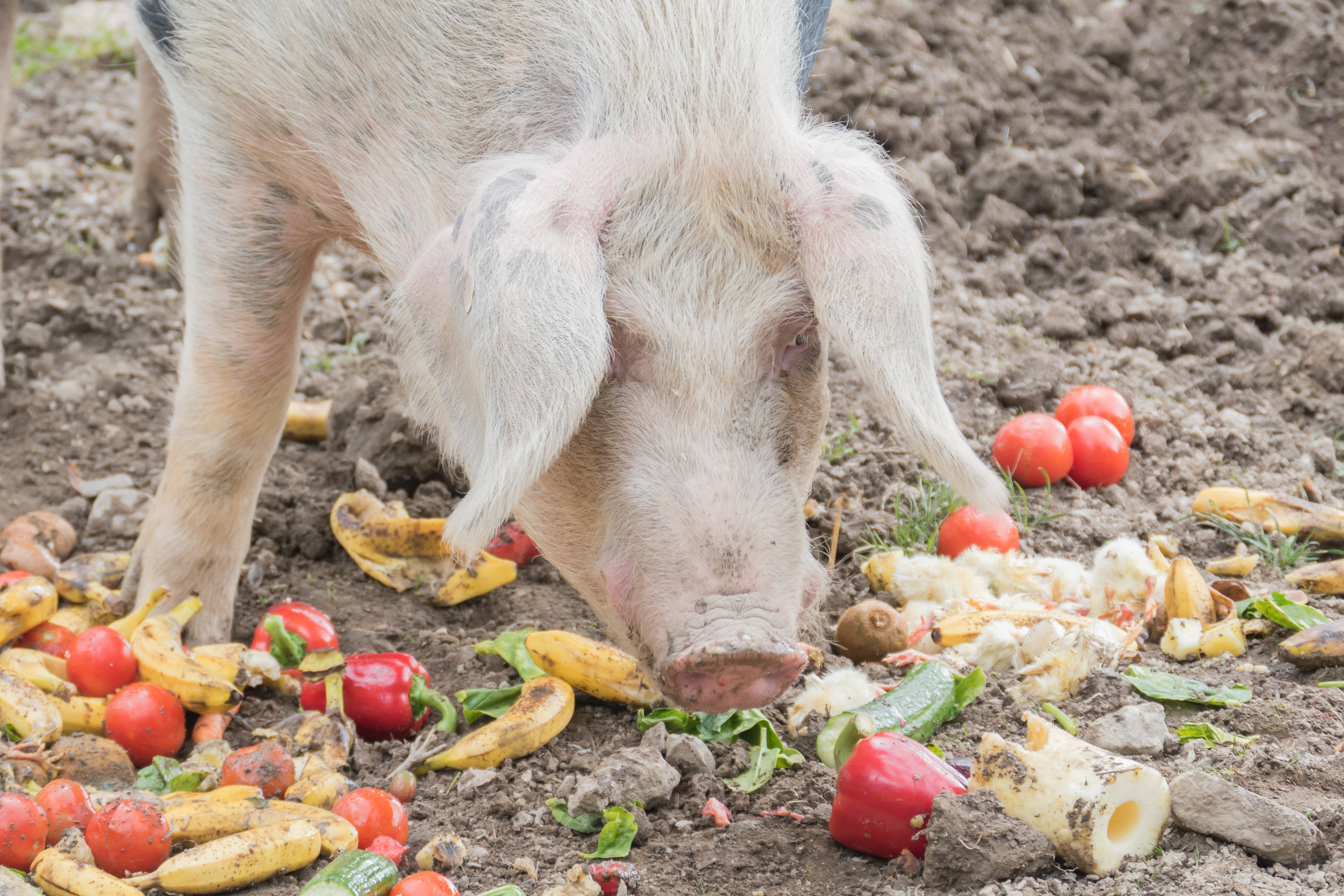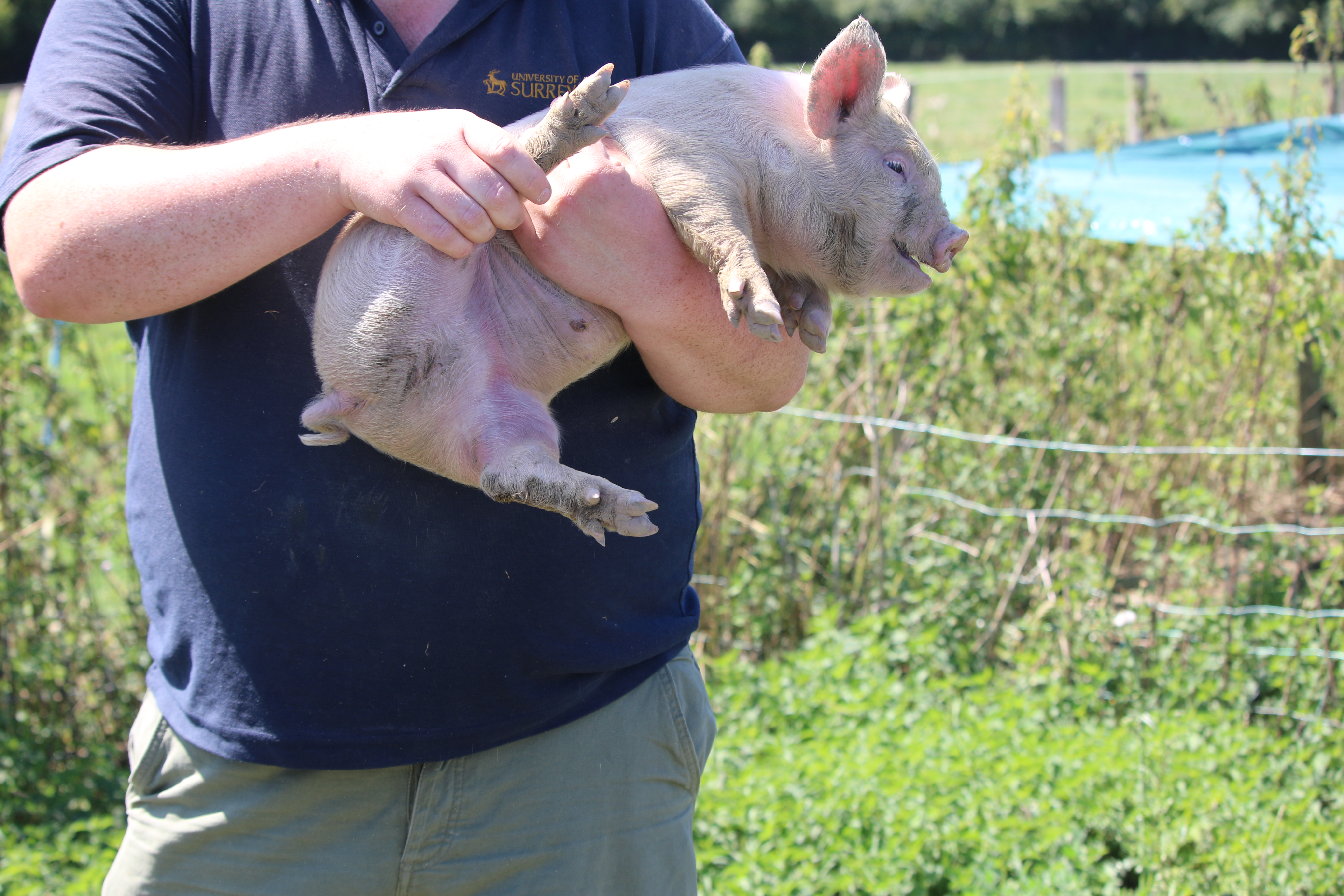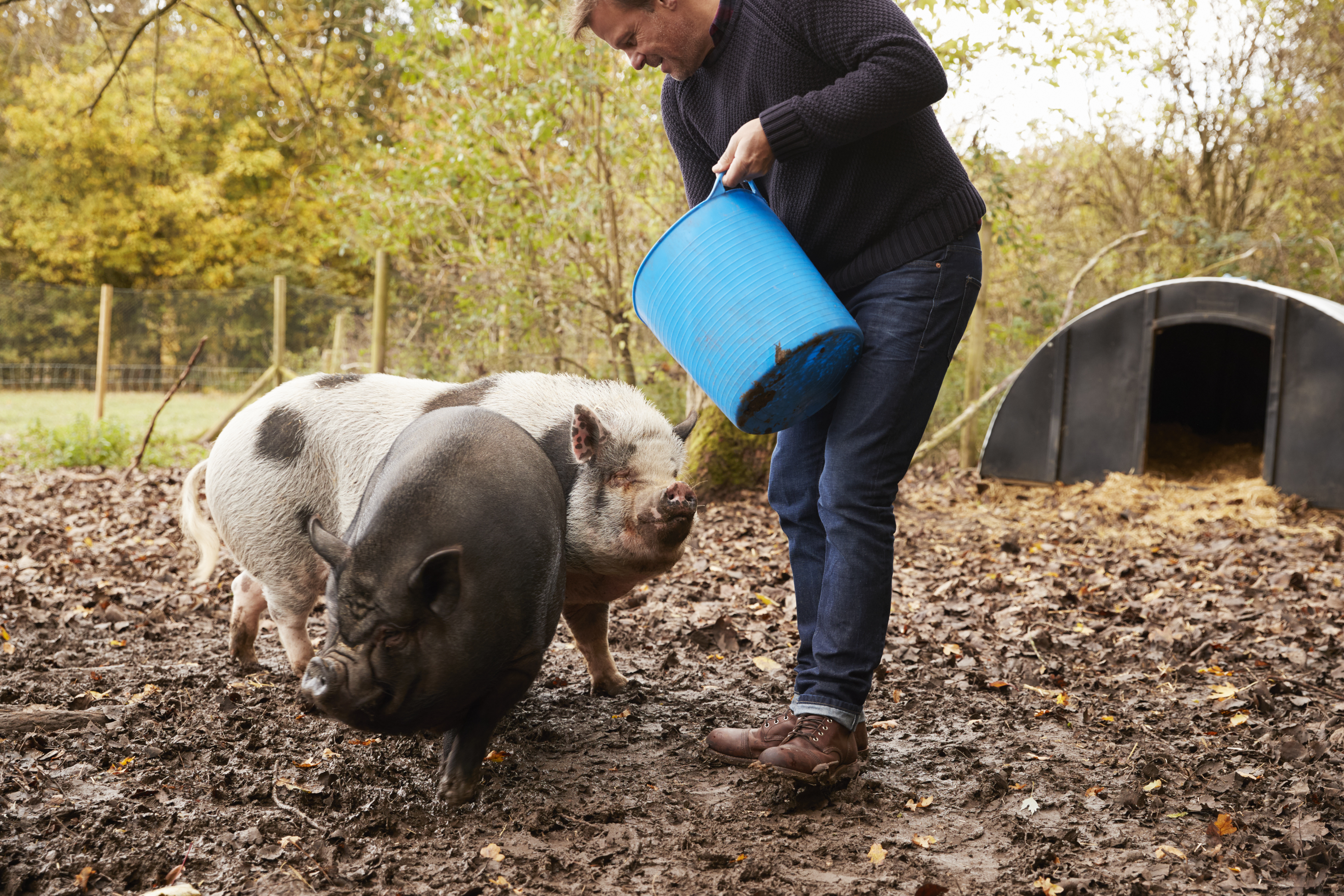



Small-scale pig keeping: why inbreeding matters
For most breeders, genetic diversity is the key to producing healthy litters and robust examples of future breeding stock. This isn’t simple when the genetic pool to pick from is small, but it is important to get it right.Part of Series:
< Previous Article in Series Next Article in Series >
Why does inbreeding matter?
Passing on undesirable traits to the next generation is directly linked to breeding. The more closely related the parents are, the more frequently these undesirable traits will become phenotypic (result in visible impacts on the pig’s health and productivity).
Line breeding uses the same principles as inbreeding but a desired characteristic is being sought. For most breeders, genetic diversity is the key to producing healthy litters and robust examples of future breeding stock. This isn’t simple when the genetic pool to pick from is small, but it is important. Fortunately, with modern technology, not only can you find out how related one pedigree pig is to another, you can also use artificial insemination from unrelated boars to assist you in lowering the risk.
A mistake some breeders make is registering multiple boars from the same litter to use as sires. One boar should be the maximum from each litter or you risk producing lots of boars used in others breeding programmes, pushing up the number of litters that are closely-related and thereby failing to expand genetic diversity.
Use different, unrelated AI boars each time you breed. Remember that other breeders will be using those AI boars on their own farms, making some of your herd closely related to others around the country. AI stations do change their boars or add new ones to the list, so take advantage of new genetics. It is recommended for breed conservation that one individual male should not contribute to more than five percent of future breeding populations therefore it is wise to avoid the most popular AI boar.
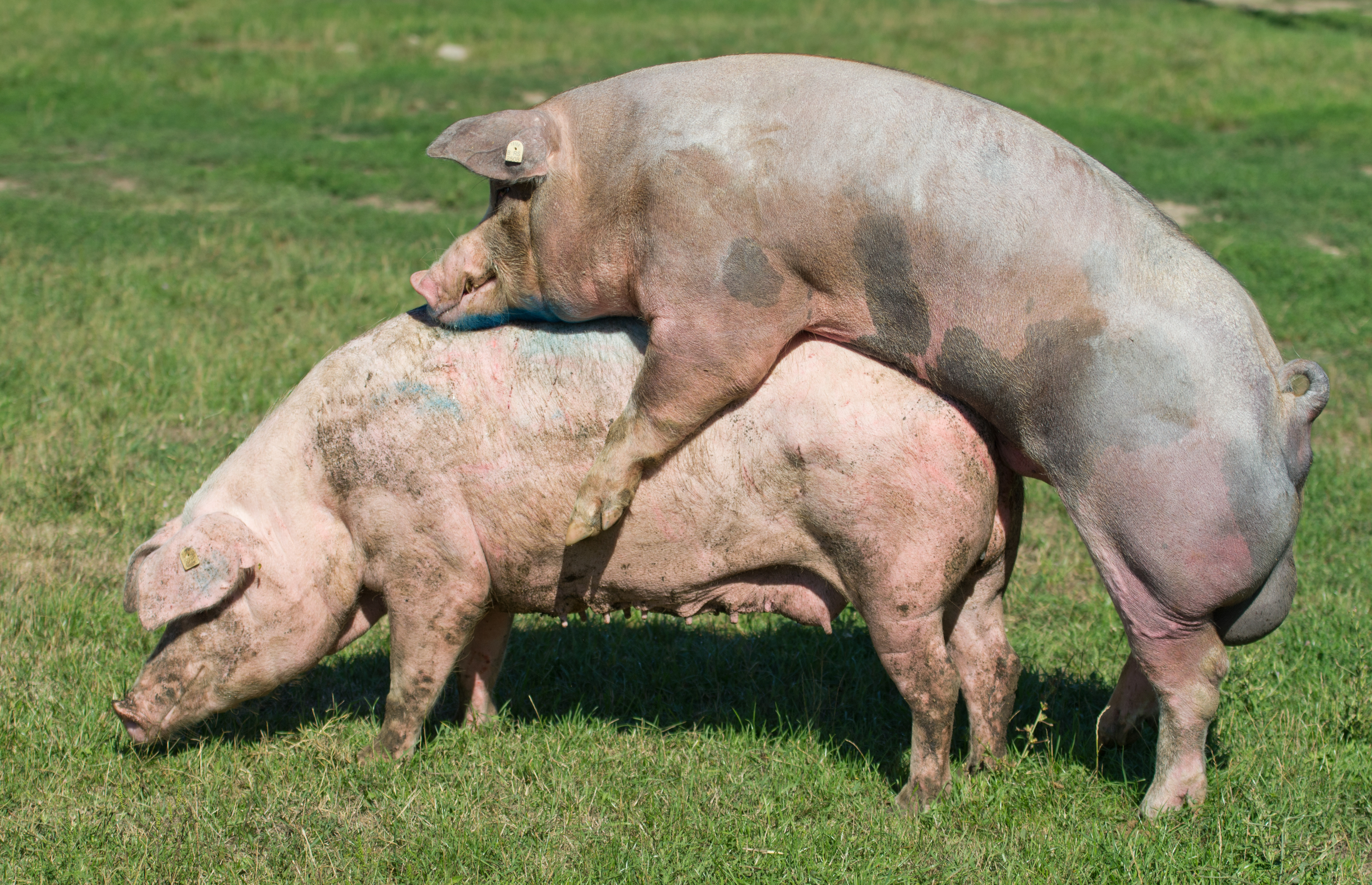
Why does inbreeding matter?
Passing on undesirable traits to the next generation is directly linked to breeding. The more closely related the parents are, the more frequently these undesirable traits will become phenotypic (result in visible impacts on the pig’s health and productivity).
Line breeding uses the same principles as inbreeding but a desired characteristic is being sought. For most breeders, genetic diversity is the key to producing healthy litters and robust examples of future breeding stock. This isn’t simple when the genetic pool to pick from is small, but it is important. Fortunately, with modern technology, not only can you find out how related one pedigree pig is to another, you can also use artificial insemination from unrelated boars to assist you in lowering the risk.
A mistake some breeders make is registering multiple boars from the same litter to use as sires. One boar should be the maximum from each litter or you risk producing lots of boars used in others breeding programmes, pushing up the number of litters that are closely-related and thereby failing to expand genetic diversity.
Use different, unrelated AI boars each time you breed. Remember that other breeders will be using those AI boars on their own farms, making some of your herd closely related to others around the country. AI stations do change their boars or add new ones to the list, so take advantage of new genetics. It is recommended for breed conservation that one individual male should not contribute to more than five percent of future breeding populations therefore it is wise to avoid the most popular AI boar.
The co-efficient of inbreeding
In the USA you will often see a pig’s co-efficient of inbreeding (CI) quoted as a percentage and in the UK it is scored as a value between 0 and 0.1. The CI is the probability that a pig with two identical genes received both genes from one parent, and not implicitly that an individual did actually inherit that identical gene.
The more related the mated pigs are, the more likely they will have identical inherited genes (see Table 1). The CI gives a guide as to how related a pig’s parents were to each other and this can be used prior to a mating to calculate the percentage of inbreeding any subsequent piglets would have. The lower the score of inbreeding, the more likely the piglets will be healthy. As piglets in a litter are not clonal (unless identical twins) and all genes are donated randomly from each parent, CI scores can only be used as a guide and not an absolute.
CI scores are a useful additional tool to use when selecting between equally suitable boars and sows for breeding. It is important to determine any potential of unseen health problems such as sub-fertility and congenital abnormalities appearing in offspring.
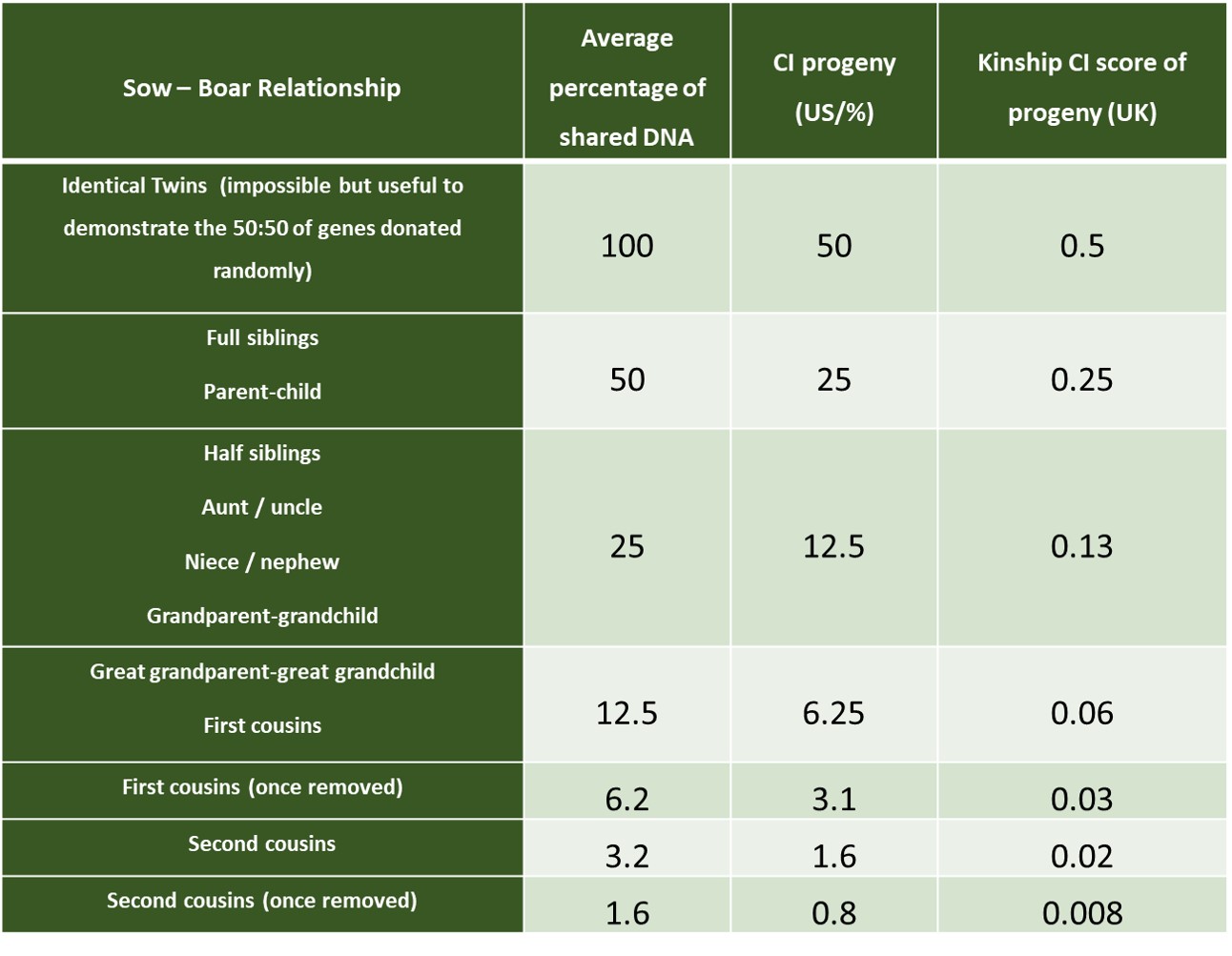
Coefficient of inbreeding between related sows and boars, by degree of relatedness
Changing your breeding herd CI scores
If you begin to establish greater degrees of ancestral inbreeding – especially if the same common ancestors are shared more than once and on both paternal and maternal sides – the probability of inheriting identical genes increases and therefore the CI score starts to rise considerably.
The impact of recent inbreeding (in the previous two to four generations) is greater than early inbreeding followed by outbreeding. Outbreeding can be used to re-establish genetic diversity in your herds by selecting completely unrelated sows and boars that will produce the lowest CI score in subsequent litters.
Breeders should aim for the lowest CI possible in the subsequent piglets when selecting the parents but accept that it may take a few generations to get down to lower levels. In an ideal world, a CI of zero percent should be aimed for – under 10 percent in the US is good – but in a limited pool of pure-bred pigs this may prove impossible.
In the UK, where individual pedigree breed populations tend to be in greater numbers and the average inbreeding level is five to seven percent nationally, it is recommended that planned matings should be a maximum of 0.02 (CI 2 percent) to continue to improve breed diversity.
Other factors such as outliers and founders will influence the CI score. In the US it is important to analyse the same number of generations when calculating and comparing CI score. The UK uses a different starting point for their kinship CI calculations and the figures provided already take this into account. Where the service is available, contact the registrar of your breed registry (USA) or your kinship analysis representative for your breed in the UK.







